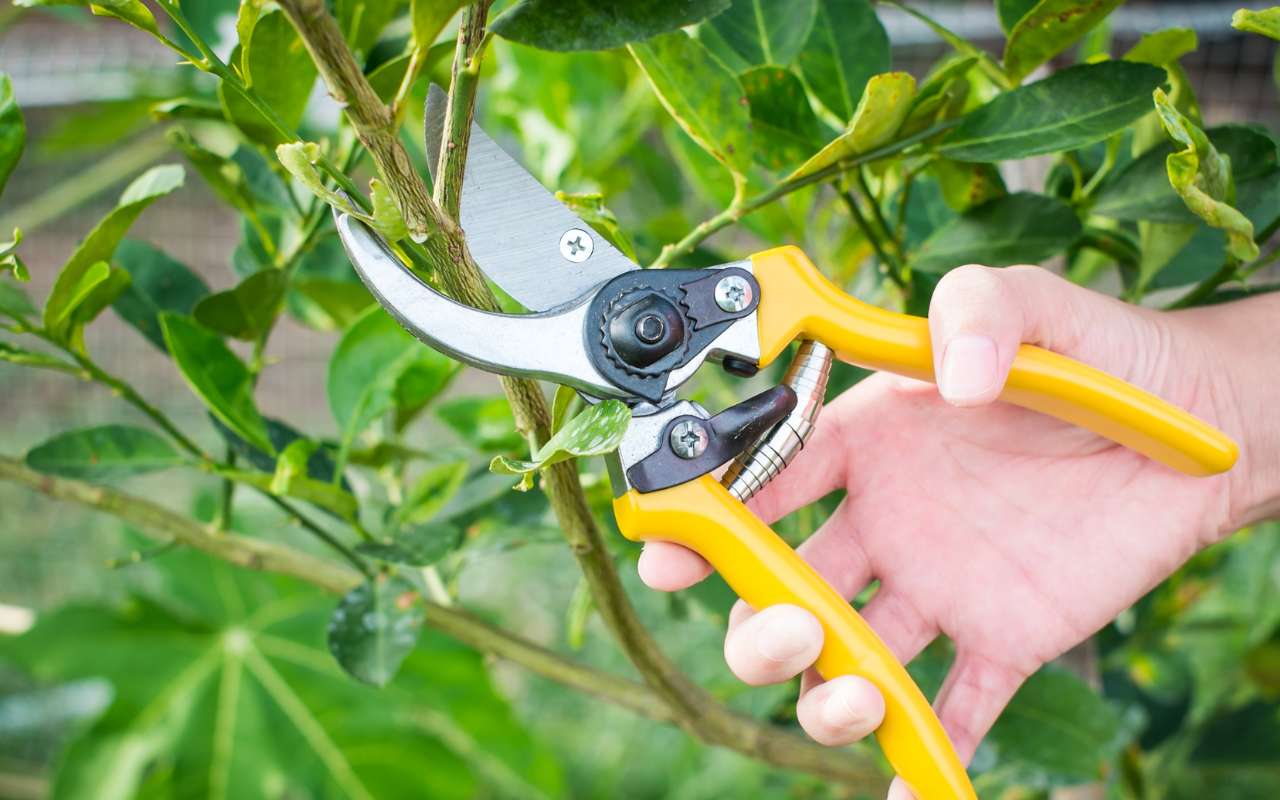
Pruning trees can seem daunting, but it’s essential for their health. How to Prune Trees: Best Practices and Tips will guide you through this process. Have you ever wondered why some trees look so well-kept? The secret is proper pruning. Whether you’re a seasoned gardener or a beginner, these tips will help you maintain beautiful and healthy trees. Let’s dive into the art of tree pruning together.
How to Prune Trees: Best Practices and Tips
Pruning trees is crucial for their health and appearance. Knowing how to prune trees correctly can make a big difference. This guide will cover the best practices and tips for effective tree pruning.
Understanding the Basics of Tree Pruning
Pruning involves removing certain parts of the tree, such as branches, buds, or roots. The main goals are to maintain the tree’s shape, remove dead or diseased wood, and encourage healthy growth. Pruning also helps to prevent potential hazards caused by overgrown branches.
When to Prune Your Trees
The best time to prune trees depends on the type of tree and your climate. Generally, the late winter or early spring is ideal. This timing allows the tree to heal before new growth starts. However, dead or diseased branches should be removed as soon as you notice them.
Essential Tools for Pruning
Having the right tools makes pruning easier and more effective. Here are some must-have tools:
- Pruning shears: Great for small branches.
- Loppers: Useful for medium-sized branches.
- Pruning saw: Needed for large branches.
- Pole pruner: Helps reach high branches.
Best Practices for Pruning
- Start with the basics: Remove any dead, damaged, or diseased branches first.
- Cut at the right angle: Make cuts at a 45-degree angle to prevent water damage and promote healing.
- Avoid over-pruning: Removing too much can stress the tree and hinder its growth.
Tips for Specific Tree Types
Different trees require different pruning techniques. Here are some tips for common types:
- Fruit trees: Prune to improve sunlight exposure and air circulation. This helps the tree produce more fruit.
- Evergreens: Prune in the early spring for best results. Avoid cutting into the main stem.
- Flowering trees: Prune after the flowers fade to avoid cutting off next year’s buds.
Safety Tips for Pruning
Pruning can be dangerous if not done properly. Always follow these safety tips:
- Wear protective gear: Use gloves, goggles, and a hard hat.
- Be cautious with ladders: Ensure stability before climbing.
- Know your limits: Hire a professional for large or hard-to-reach branches.
Common Pruning Mistakes to Avoid
Avoid these common mistakes to ensure healthy tree growth:
- Topping: Cutting the top of the tree can lead to weak branches.
- Improper cuts: Incorrect cuts can cause damage and slow healing.
- Neglecting young trees: Early pruning helps shape the tree and prevent future issues.
Benefits of Regular Pruning
Regular pruning offers several benefits:
- Healthier trees: Removes diseased branches and promotes strong growth.
- Improved appearance: Keeps trees looking neat and well-maintained.
- Safety: Reduces the risk of falling branches and other hazards.
Conclusion
Pruning trees is essential for their health and beauty. By following these best practices and tips, you can ensure your trees thrive. Remember, knowing how to prune trees: best practices and tips is the key to a beautiful garden.
